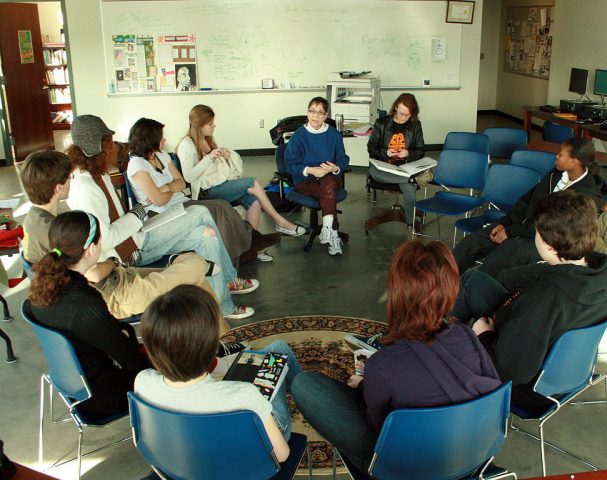

New reports and analysis suggest that an ongoing labor shortage among addiction treatment professionals stands to disrupt or, at best, complicate efforts to provide treatment when more individuals than ever need it due to a rise in opiate addiction and overdoses. The shortage – which appears to only be getting worse – is also making for more practical challenges in the provision of care as more patients who need treatment are beginning to have access to it due to greater insurance parity. A bad time to have a crack in the structure, to be sure.
Each year roughly one out of every four substance abuse clinicians is choosing to leave the job, according to recent research. And that’s not just turnover — leaving one job for another position in the same field. Many are leaving the industry entirely. As an Institute of Medicine report documented in 2006, there’s been a shortage of addiction workers for decades.
But until this “perfect storm” in which environmental factors like the heroin epidemic and ACA are expected to stress the system to a potential breaking point, there’s been little to no real data on just how severe the shortage is and in which states it’s most apparent. Enter the health care consulting firm Advocates for Human Potential (AHP) which has developed the first tool to measure how many behavioral health professionals are available to treat adults with a substance use disorders in all 50 states.
AHP’s “provider availability index” – which boils down the number of psychiatrists, psychologists, counselors, and social workers currently available to treat every 1,000 people with SUD – ranges from a high of 70 in Vermont to a low of 11 in Nevada. Nationally, the average is 32 behavioral health specialists for every 1,000 people afflicted with the disorder. No one has specified the ideal, yet still practical, number of providers that we should have in place but experts agree the current workforce is vastly inadequate in most parts of the country.
This shortage has real consequences that can cost people their lives. When people need addiction treatment and are in a place where they can receive it (a number of factors often have to come together to make treatment possible, including space availability, client willingness, and an ability to cover costs), the match between patient and provider needs to happen right away. If there is a waiting period, many addicts or alcoholics see that as a convenient window in which to go right back out and use. When that happens, they run the risk of overdosing or not making their way back for months or years when they may have other complicating health issues.